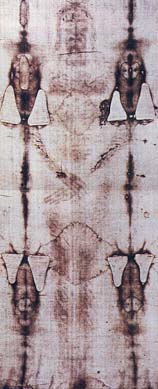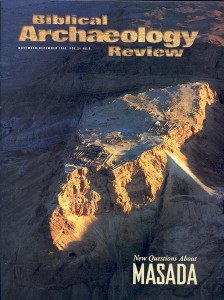
When the Shroud of Turin went on display this spring for the first time in 20 years, it made the cover of Time magazine with the blurb “Is this Jesus?” In BAR, we summarized the controversy that has enshrouded this relic, venerated for centuries as the burial cloth of Jesus (“Remains to Be Seen,” Strata, BAR 24:04).
Following Time’s lead, we reported that although radiocarbon tests have dated the shroud to 1260–1390 A.D., no one has been able to account for the shadowy image of a naked, 6-foot-tall man that appears on the shroud. With bloodstains on the back, wrists, feet, side and head, the image appears to be that of a crucified man. The details—the direction of the flow of blood from the wounds, the placement of the nails through the wrists rather than the palms—display a knowledge of crucifixion that seems too accurate to have been that of a medieval artist.
But two of BAR’s savvy readers have objected to our assessment. The following articles suggest there is no reason to doubt that the image, as well as the cloth, was produced in the Middle Ages.—Ed.
Already a library member? Log in here.
Institution user? Log in with your IP address.

